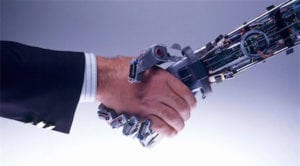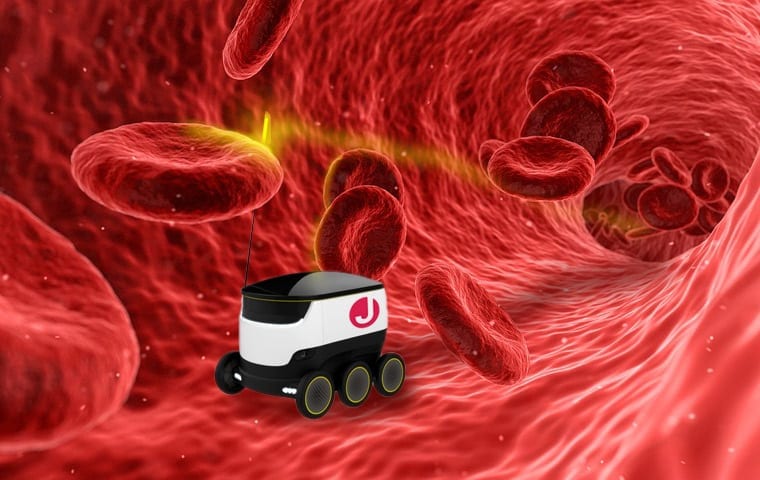Robots have been revolutionizing the fields of medicine for years, but these disease detecting and fighting robots are a game changer. New cell-sized robots are in the works to detect disease/bodily damage and “swimming” robots will function to fix it. Talk about a power couple! The cell-bots will catch a ride on colloids, a gelatinous substance, and flow through the body looking for any trouble. If anything is detected, like organ damage or tissue trouble, patients could be given the swimming robot in a pill capsule to consume. From there, doctors will control its movement within the body to perform surgery or repair tissue. This gives a whole new meaning to having something stuck in your head!
Tiny Robots – Big Impact
Small robots aren’t unheard of, but cell-sized robots would drastically change the level of access humans could have to the inner body. Currently, these robots are proposed inspectors for gas and oil pipelines to search for leaks, as well as to detect harmful toxins in the air at chemical factories. These two-dimensional robots promise to be extremely helpful in wide variety of ways. But how can such a small robot be so adaptable? It’s because of Colloids! They are insoluble particles that can remain suspended in liquid or air, and these cell-bots can be attached to them in order to travel through different environments.
The main feature of the swimming robots which make them so useful is their mobility. Implantable technology might be blown out of the water in a few years! Hod Lipson, from Columbia’s Creative Machines Lab, says, “they can be delivering drugs to organs, continuously gather information or do localized treatments where you need to open up a particular artery inside.” They still have a long way to go before emerging onto the medical market, because the current size of the robot needs to shrink by over half. But these tiny bots look like they’re going to be the cutting-edge solution needed to minimize the invasiveness of surgery and reduce medical costs for patients.
How do these little miracles work?
MIT researchers working on the cell-bots focused on the functionality of their robot and saved the mobility question for later. Each robot uses “a small photodiode that provides electricity to the robots’ circuits to allow for computation and memory storage.” A photodiode is a device that converts light into electrical currents.
As for the swimming robots, they currently have a worm-like design to streamline through small tubes without causing any damage the tissue walls. The research teams for these bots have been looking into dissolvable materials that could be absorbed in the body without causing any harm. Silicon can dissolve in water when it is sliced into thin sheets, and using metals like magnesium, zinc, and iron for electronics pose no harm to the body when they break down. Now that’s pretty metal. \m/
Always More Solutions
 Humans and robots are continuously broadening their knowledge to find and create new solutions to any problem. These two projects centered around mobility and functionality, but there are many different answers to waiting to be figured out! We know these tiny additions to the field of medicine are about to have a huge impact.
Humans and robots are continuously broadening their knowledge to find and create new solutions to any problem. These two projects centered around mobility and functionality, but there are many different answers to waiting to be figured out! We know these tiny additions to the field of medicine are about to have a huge impact.



VIEW ALL